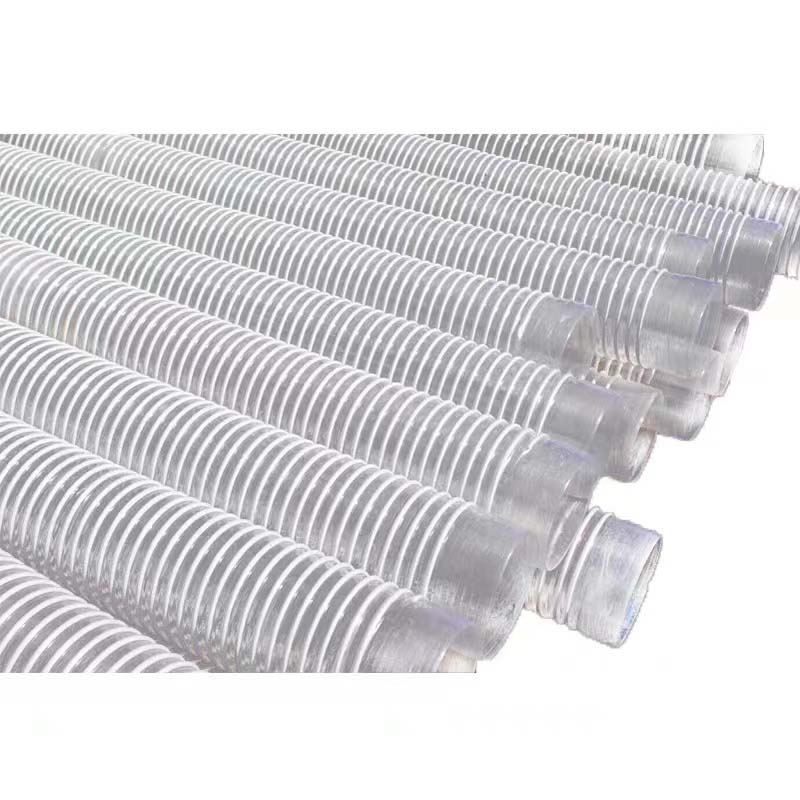
Understanding the Distinctions Among Pipe, Tube, and Hose in Various Applications
Understanding the Differences Between Pipe, Tube, and Hose
When discussing fluid and gas conveyance, three terms often arise pipe, tube, and hose. While they may seem interchangeable, each serves distinct purposes and comes with unique characteristics. Understanding the differences between these three conveyance methods is crucial for choosing the right option for specific applications in various industries.
Pipes The Standardization of Flow
Pipes are largely defined by their function in transporting fluids, whether gases or liquids. They are characterized by their rigid structure and diameter size, which is usually standardized by specific measurement systems, such as the American National Standards Institute (ANSI) or the International Organization for Standardization (ISO). Pipes are generally made from materials like metal, plastic, or composite materials, and their dimensions, particularly the inner diameter (ID) and wall thickness, are essential for determining flow capacity and pressure ratings.
Pipelines are essential in industries like oil and gas, water treatment, and construction. The primary advantage of using pipes is their ability to withstand high pressure and transport large volumes over significant distances. Moreover, pipes are often designed to be permanently fixed in place, making them ideal for infrastructure projects where durability and reliability are paramount.
Tubes Precision in Applications
Unlike pipes, tubes are generally more versatile and are typically measured by their outer diameter (OD) and wall thickness rather than by internal diameter. This measurement approach allows for more precise applications, particularly in industries that require specific tolerances, such as aerospace, medical, and manufacturing.
difference between pipe tube and hose

Tubes can be made from a wider range of materials and can be manufactured in various shapes, including round, square, and rectangular. They are often used in structural applications, heat exchangers, and fluid transfer systems where flexibility is crucial. While tubes can withstand pressure, they are usually not designed for high-velocity applications like pipes. Their ability to be bent and shaped without breaking makes them a preferred choice in many engineering applications.
Hoses Flexibility and Mobility
Hoses distinguish themselves from pipes and tubes primarily through their flexibility and mobility. Typically composed of rubber, plastic, or reinforced materials, hoses are designed to convey fluids while being able to bend, twist, and move. This flexibility makes hoses ideal for portable and dynamic applications, such as in agriculture, automotive, and plumbing, where they are often subject to constant movement.
Unlike pipes and tubes which are generally fixed in place, hoses are designed for easy handling and storage. They can be connected and disconnected with ease, allowing for convenient setup and flexibility in usage. However, hoses do have limitations in terms of pressure and temperature resistance when compared to rigid options. As such, they are usually best suited for low to moderate pressure applications.
Conclusion
Choosing the right conveyance method—pipe, tube, or hose—depends significantly on the application at hand. For high-pressure and structured installations, pipes are often the go-to choice. In contrast, tubes provide precision and structural support, while hoses offer the best flexibility and ease of use. Understanding these differences is essential for engineers, designers, and technicians to ensure the integrity and efficiency of fluid transportation systems across various industries. By making informed decisions based on the characteristics of pipe, tube, and hose, one can achieve optimal performance and safety in their applications.
-
advanced-corrugated-pvc-hose-technology-for-modern-industrial-needsNewsAug.22,2025
-
premium-fire-water-hose-solutions-for-global-industriesNewsAug.22,2025
-
industrial-suppliers-guide-to-premium-double-welding-hose-solutionsNewsAug.22,2025
-
premium-pu-pneumatic-hose-solutions-for-industrial-applicationsNewsAug.22,2025
-
wholesale-pvc-garden-hose-china-solutions-for-global-buyersNewsAug.22,2025
-
Wire Reinforced PVC Tubing Solutions for Global Industrial ApplicationsNewsAug.20,2025













